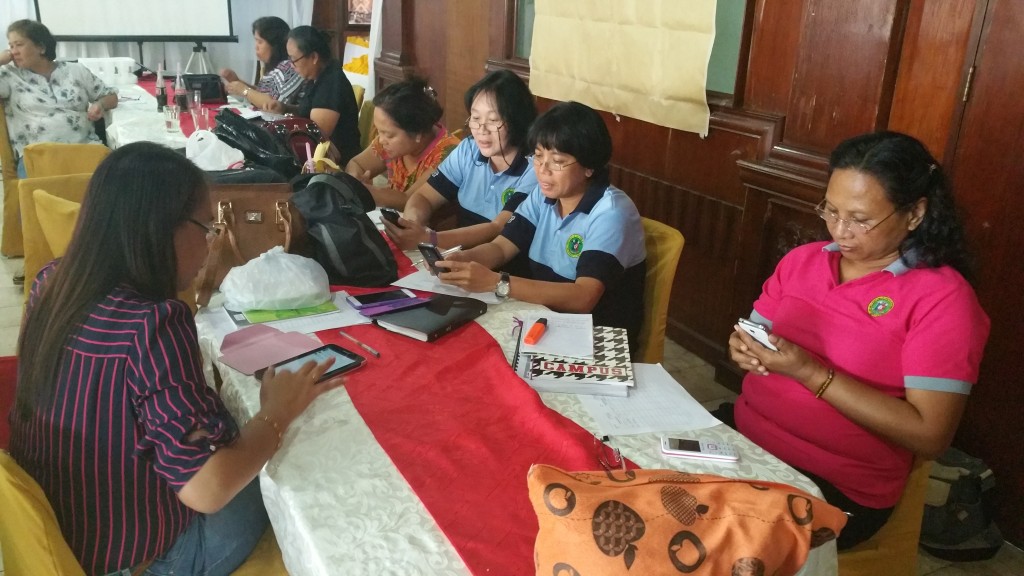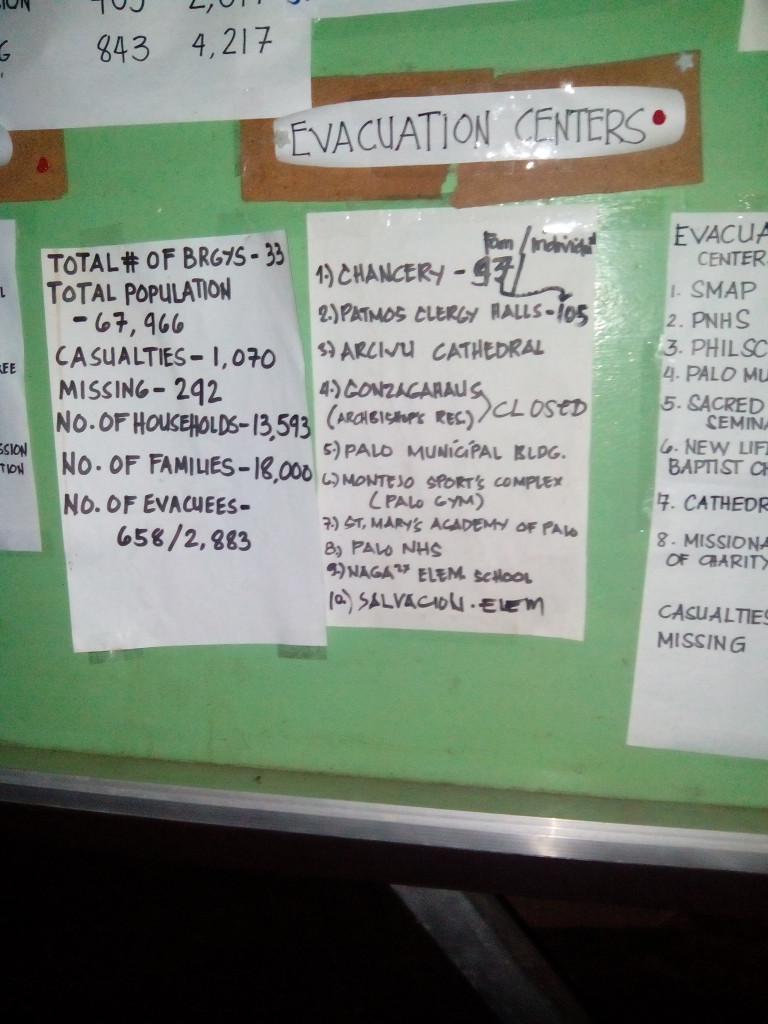Data literacy is about saving lives as well
Try to search for “Data Literacy in the Philippines” online and search results will show academic literacy, national statistics, accountability, good governance. Data literacy is rarely discussed as is. But search for the word data or data management or statistics, and you will have more than 50 search pages. So data is practiced in the Philippines but the concept of data literacy has yet to be embraced. The government have already ventured into Open Data in partnership with different organizations, to improve good governance and accountability. But so far there has not been any formal survey or assessment of the data literacy of Filipinos.
97,5% of literacy rate, 36% of internet penetration
In 2013, literacy rate rose up to 97.5% according to our National Statistics Office, meaning a huge number of people can read, write, and has access to educational facilities. This as well mean that we have access to venues where we can create and communicate data to other people, may it be through paper-based formats, smartphones, laptops etc. Nonethless, according to the National Statistical Coordination Board (NSCB), 36% of the population of the Philippines had internet access in 2013. Sometimes the first step of a training is about making sure that everybody has an email address! So the first challenge on data literacy in the Philippines is to determine what the needs are in terms of data literacy, before trying to advocate it.
In 2013, when the supertyphoon Haiyan stroke the country, more than a hundred civil society and governmental agencies came to the Philippines to provide aid to more than 4 million Filipinos affected. A river of data started flowing from all directions with no specific national agency handling data and information management. This event triggered the creation of the Open Data Philippines Action Plan (ODPAP) that the Philippine government is now implementing, as one of the founding members of the Open Government Program (OGP). But a national survey on data literacy will have to be conducted in order to strategically implement the objectives of the ODPAP. Further down the line, any plan of extending the ODPAP will have to include software and hardware support especially for local government agencies.
Data as part of the emergency response
In my work as an Information Manager of the Water, Sanitation and Hygiene (WASH) sector, I had to coordinate with different organizations and offices to consolidate data and provide a comprehensive needs and gaps analysis to support response. Data was openly coming from non-governmental organizations (NGO), but crucial data from communities and local government agencies was missing. And even if the data was available, they were keeping on paper-based records and had no idea how helpful it was to responders.
A year after Haiyan, as a part of UNICEF, I made attempts to support local government staff in improving their understanding of data and information management, specifically on water and sanitation. We had trainings on managing WASH in emergencies, but only a one-hour session on Information Management was included. Whenever I facilitate these sessions, I always stress how important and life-saving the data that they have is for coordinators and responders. Unfortunately, data management is not an important concept when it comes to local disaster risk reduction and management (LDRRM) plans.
Consequently, the fellowship with School of Data is an occasion for me to introduce community-based data management skills training on WASH-related data that can be used for LDRRM plans, targeting disaster high risk areas. As a fellow, I aspire to promote data appreciation among local government staff responsible for WASH and disaster risk reduction, and build on this appreciation by providing training. The use of Open Data should also be promoted in risk-informed decision-making especially in the communities most vulnerable to disasters.



